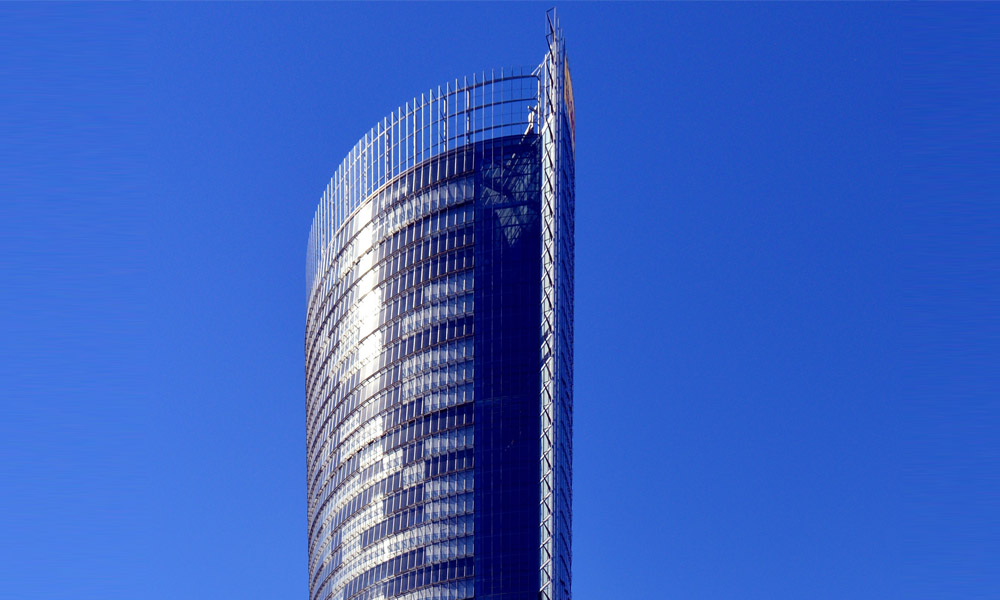

The Aesthetic and Functional Advantages of Gray Tinted Glass
In the realm of architecture and interior design, the choice of materials significantly influences both aesthetics and functionality. Among these materials, gray tinted glass has emerged as a popular option for both residential and commercial buildings. Its unique blend of beauty and practicality makes it an attractive choice for designers and homeowners alike. This article explores the aesthetic qualities, functional benefits, and diverse applications of gray tinted glass.
Gray tinted glass is characterized by its subtle hue, which can range from a light, smoky shade to a deep charcoal color. This versatile tint allows for a variety of design applications, enabling it to complement different architectural styles—from modern and minimalist to classic and traditional. The soft gray tone adds a layer of sophistication, promoting a serene atmosphere that can enhance any space. It's particularly popular in large windows and glass walls, where the transparency of the glass can be offset by its muted color, providing a balance between openness and privacy.
One of the most significant benefits of gray tinted glass is its ability to reduce glare. In brightly lit environments, excessive sunlight can lead to discomfort and hinder visibility. Gray tinted glass mitigates this issue by filtering sunlight, allowing for a more controlled lighting environment. This is especially advantageous in office settings, where glare can lead to decreased productivity. With gray tinted glass, workers can enjoy natural light without the harsh intensity often associated with unfiltered sunlight.
Energy efficiency is another crucial advantage of gray tinted glass
. This type of glass can significantly reduce heat gain from sunlight, making it an excellent choice for buildings in warmer climates. By regulating indoor temperatures, gray tinted glass contributes to energy savings, reducing the reliance on air conditioning systems. As a result, homeowners and building managers can enjoy lower energy bills while simultaneously minimizing their environmental footprint.
Furthermore, gray tinted glass offers enhanced privacy without sacrificing natural light. This is particularly beneficial for urban environments, where buildings are often in close proximity to one another. The tinted surface obscures visibility from the outside, allowing occupants to enjoy their living or working spaces without feeling exposed. This feature is highly sought after in residential settings, where homeowners desire both openness and a sense of seclusion.
The applications of gray tinted glass extend beyond windows and facades. It can be utilized in a variety of architectural features, including glass railings, shower enclosures, and skylights. When used in interiors, gray tinted glass can create stunning visual effects on partitions and furniture, adding depth and elegance. The glass can also be incorporated into decorative elements, such as lighting fixtures, which can amplify the aesthetic appeal of a space.
Safety and durability are additional considerations that make gray tinted glass an appealing choice. Many manufacturers offer tempered or laminated gray tinted glass, which enhances its strength and resistance to impact. This makes it suitable for high-traffic areas and ensures long-lasting performance, reducing the risk of breakage and associated hazards.
In conclusion, gray tinted glass is a versatile and practical choice for modern architectural and design projects. Its aesthetic qualities contribute to the elegance of a space, while its functional benefits—such as glare reduction, energy efficiency, and enhanced privacy—make it a smart investment. From large-scale commercial buildings to cozy residential homes, gray tinted glass is proving to be an indispensable material that harmonizes beauty and utility, setting a trend that is likely to endure in the ever-evolving landscape of design. As we look towards the future, the popularity of gray tinted glass is expected to grow, driven by a growing awareness of design choices that prioritize both aesthetic appeal and environmental sustainability.